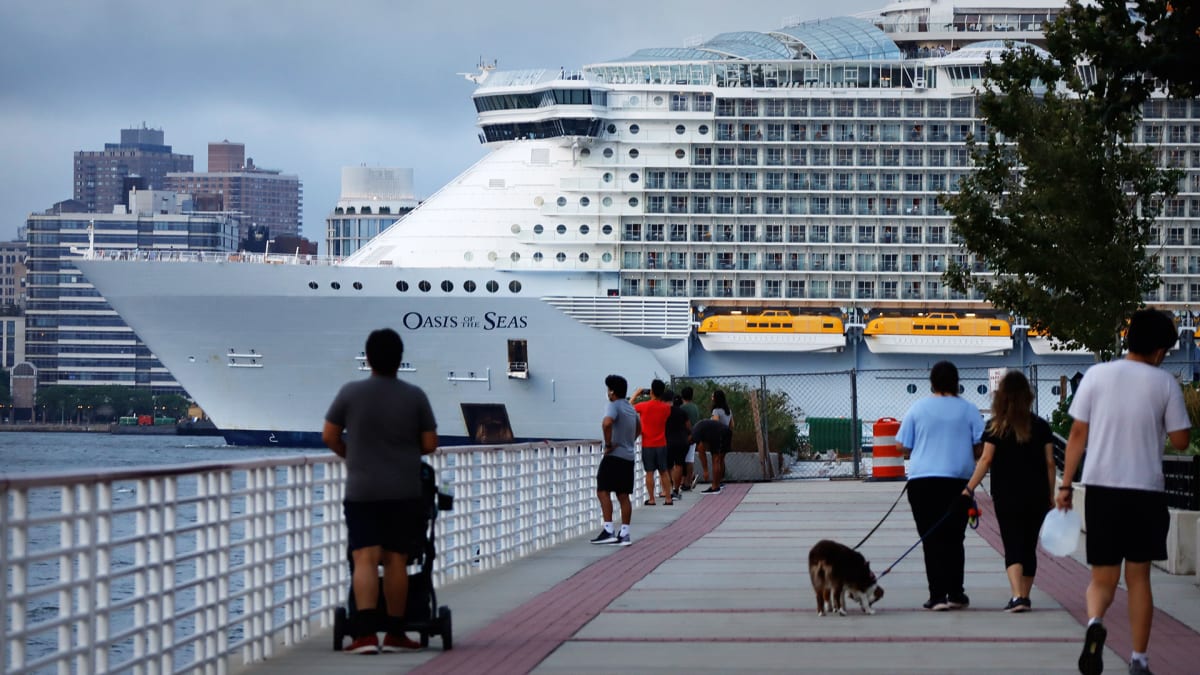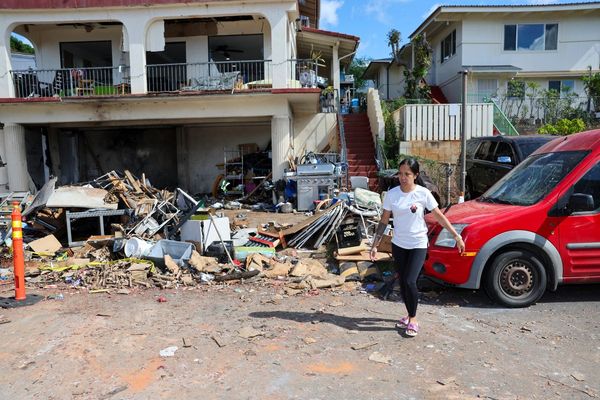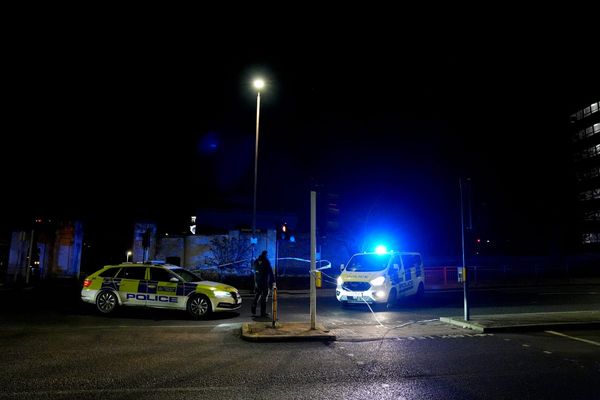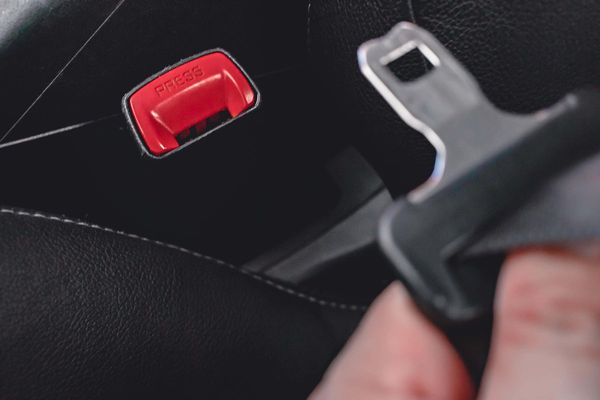
Boarding a cruise ship can be a laborious process. Parking can be a challenge because some cruise-ship terminals serve as the dock for multiple ships. There's nothing worse than leaving from one terminal in Fort Lauderdale but not actually being able to park near your ship.
And, even at terminals where parking is plentiful, the boarding process can be a challenge in an older terminal. The new(ish) Terminal A in Miami, for example, was designed to handle the demands of the largest ships, with every technical bell and whistle along with a smartly designed passenger flow.
Some of Royal Caribbean's (RCL) older terminals lack that perfect flow between the parking lot, baggage screening, check-in, and boarding. That's something the cruise line has been investing in, but improving terminals has been low on the heavily indebted cruise line's list of capital projects.
The problem is that while an unpleasant boarding process can kick off a cruise poorly, the cruise line has the length of the voyage to change that perception. That makes onboard investment more of a priority, but it does not make upgrading terminals and port facilities any less important.
Now, Royal Caribbean has a way to invest to upgrade its terminals without taking cash away from other projects.

Royal Caribbean
Royal Caribbean Makes a Key Partnership
Royal Caribbean Group has partnered with Icon Infrastructure Partners VI LP to develop strategic cruise port infrastructure in support of RCL’s "robust growth plans," the cruise line said in a news release.
The partnership will include PortMiami Terminal A and several development projects in Italy, Spain, and the U.S. Virgin Islands. It will also go after additional port infrastructure developments based on the "robust pipeline of projects" as part of Royal Caribbean Group’s destination development strategy.
This deal is similar to what Las Vegas Strip casino operators do in selling the underlying property their resorts sit on to Vici Properties, (VICI) then paying rent. It's not exactly the same structure, but that's the closest analogy.
When the deal closes, Royal Caribbean Group expects to receive net cash proceeds of some $210 million. The deal should add to earnings, return on invested capital, and leverage metrics, and should enable Royal Caribbean Group to continue investing in "development of strategic infrastructure while supporting the goals of its Trifecta program," the cruise line shared.
Royal Caribbean Gets to Have Its Cake, Eat It, Too
Deals like this have become fairly common in many businesses. The Las Vegas Raiders, for example, have a similar arrangement at their team headquarters and practice facility. They sold the building to an outside real estate company and now rent it back. That gave them an infusion of capital.
Royal Caribbean sees the deal as a way to continue to grow its business while needing less cash.
“Our partnership with Icon is a unique opportunity to catapult us into the coming decades of port investments, build further financial strength, and provide exceptional cruising experiences, responsibly, to our guests at the best destinations in the world," said Royal Caribbean Group CEO Jason Liberty,
“Over the last few years, we have developed more destinations than any other cruise company and this new partnership will allow us to implement a capital-light investment framework to accelerate the development of strategic destinations around the world."
Royal Caribbean needs new terminal and port facilities but does not want to have the burden of paying for them with a big chunk of cash up front. This partnership solves that problem and should lead to faster development of improved or new terminals, which is good for passengers.
"The partnership, which will be owned 90% by Icon VI and 10% by Royal Caribbean Group, will be managed by an independent management team with strategic support from" RCL, the cruise line said.
"Both parties have committed to provide funding for future expansion in accordance with their percentage interest."







